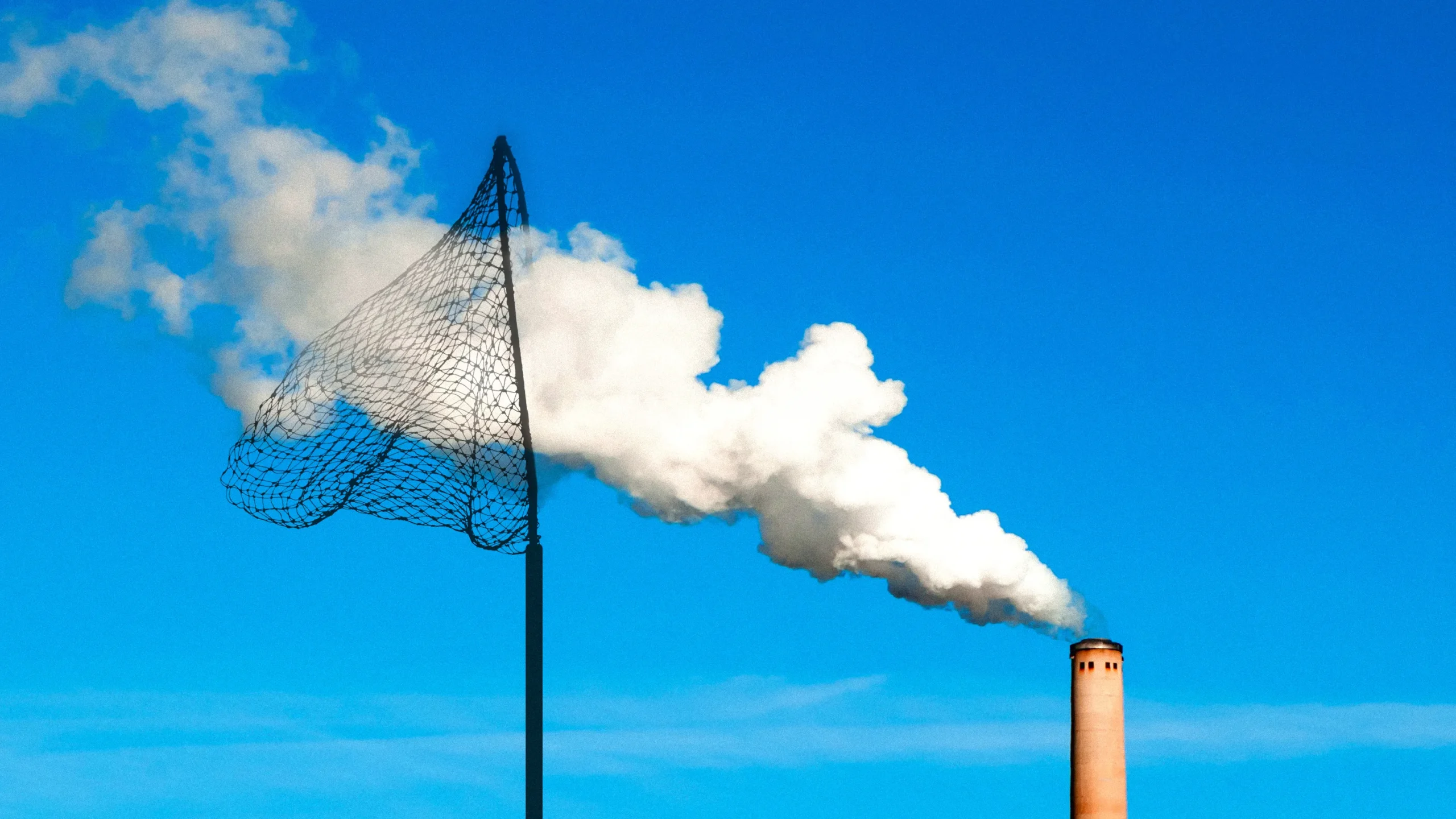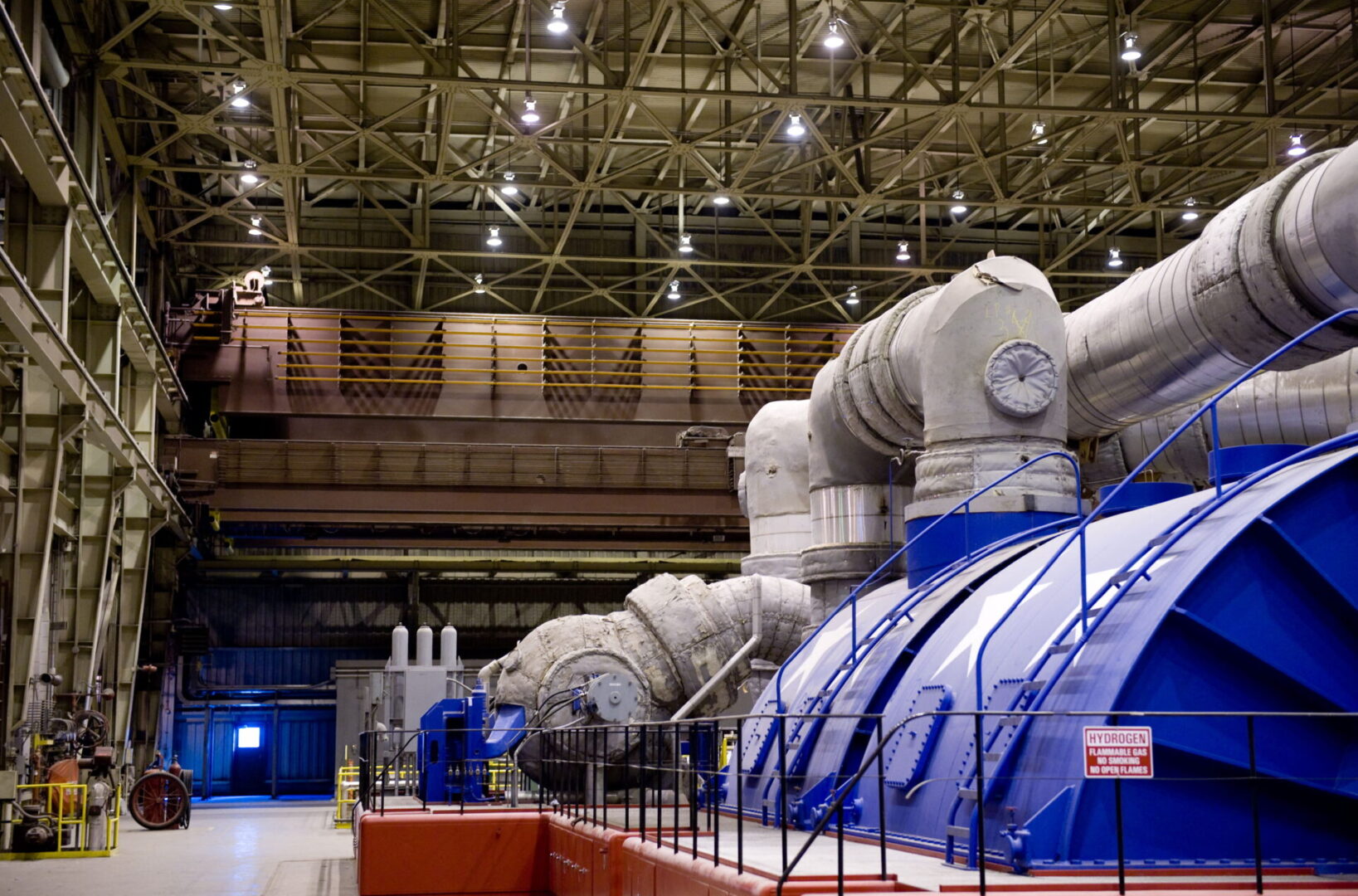“Canadian Government’s New Legislation on Carbon Capture and Storage”
The Canadian government has recently introduced new legislation focused on carbon capture and storage (CCS) technology as a key strategy to address the growing concerns about carbon emissions and climate change. This legislation aims to establish a comprehensive framework for the implementation and regulation of CCS projects across the country. By incentivizing industries to reduce their carbon footprint and promoting the development of CCS infrastructure, the government hopes to significantly reduce greenhouse gas emissions and transition towards a more sustainable future.
Understanding Carbon Capture and Storage Technology ===
Carbon capture and storage technology refers to the process of capturing carbon dioxide (CO2) emissions from large industrial sources, such as power plants or manufacturing facilities, and storing them in underground geological formations. This technology prevents the release of CO2 into the atmosphere, helping to mitigate the adverse effects of climate change. The captured CO2 can be stored permanently underground, or it can be used for various purposes such as enhanced oil recovery or the production of valuable chemicals.
Environmental Impact of Carbon Emissions in Canada ===
Canada is one of the world’s largest emitters of greenhouse gases, primarily due to its heavy reliance on fossil fuels and resource-intensive industries. The country’s carbon emissions contribute significantly to global warming and have adverse effects on the environment, including the melting of Arctic ice, rising sea levels, and increased frequency of extreme weather events. Addressing this issue is crucial for Canada’s commitment to international climate goals and its responsibility to protect the environment and future generations.
The Need for Legislation on Carbon Capture and Storage ===
The introduction of legislation on carbon capture and storage is essential to provide a clear regulatory framework and encourage industries to adopt this technology. Without proper regulations and incentives, the deployment of CCS projects may not be economically viable for many companies. Moreover, the legislation ensures that the storage of captured CO2 is done safely and securely to prevent any potential environmental risks. It also underscores the government’s commitment to reduce emissions and accelerate the transition to a low-carbon economy.
Key Features of the Canadian Government’s New Legislation ===
The Canadian government’s new legislation on carbon capture and storage includes several key features. Firstly, it establishes a robust regulatory framework to govern the design, construction, operation, and closure of CCS projects, ensuring compliance with environmental standards. Secondly, it provides financial incentives, such as tax credits and grants, to encourage industries to invest in CCS technology and infrastructure. Additionally, the legislation promotes research and development in CCS, facilitating innovation and the deployment of new technologies. Lastly, it emphasizes public engagement and transparency, ensuring that communities and stakeholders are involved in the decision-making process regarding CCS projects in their vicinity.
Implications and Future Outlook of the Legislation ===
The Canadian government’s new legislation on carbon capture and storage represents a significant step towards addressing the environmental challenges posed by carbon emissions. By promoting the adoption of CCS technology, Canada can reduce its greenhouse gas emissions, meet its international climate commitments, and contribute to global efforts to combat climate change. However, the successful implementation of this legislation will require strong collaboration between the government, industries, and other stakeholders. It will also necessitate continued investment in research and development, as well as the development of necessary infrastructure. With a comprehensive framework in place, Canada can pave the way for a more sustainable and greener future.










